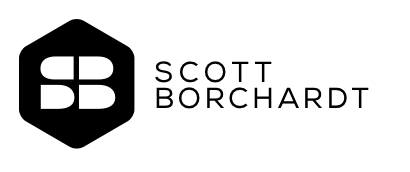Yahoo Answers Now is a visual and functional reset of Yahoo Answers, built for getting helpful answers now.
What I did
I designed the UI for the Yahoo Answers Now iOS and Android mobile apps. At the time, Yahoo Answers had 80 million unique users a month (as of Dec 2016) and our apps would be a welcome update. I created the logo, the UI, the typography, and color palette as well as continued with the UX improvements. This is the second part of the Hive Story that included the 0→1 product development that was the foundation for this project.
-
I designed the logo for Answers Now that combined the “Q” and the “A” in a clever way. The Q looked like ea speech ballon that held the A as if the answer was being spoken.
-
I designed the UI from end-to-end of the project. Updates happened weekly as we learned from live data nad in-person user studies.
-
I selected a neutral palatte with one accent color that would direct the user’s eye to primary actions.
-
I proposed a unique set of type styles to be used as a way to differentiate from the same san serifs that were used on everything.
App logo
I designed the logo for Answers Now that combined the “Q” and the “A” in a clever way. The Q looked like a speech ballon that held the A as if the answer was being spoken. The A shared angles and common radiuses added to the geometric harmony.
An intentional palette
The color palette that I chose used a restricted set of color in a sophisticated way. The black and white base was a neutral base that allowed the UGC content to shine. The one accent color (aka Mango) was used sparingly. The accent color was used for brand recognition, and in the app, the accent color helped make the primary actions pop.
Simple ramp
It’s very easy to accumulate type styles. In an effort to streamline, I cleaned up our type ramp to a simple set of four sizes which helped clear the clutter, be more easy to parse, and made our team more efficient.
Card spacing
Just as I streamlined the type sizes, I streamlined the use of margins, padding, and spacers. I created this image to demonstrate the negative spacing to the developers and it answered everyone questions. Some times a picture is worth a thousand words.
UI / Categories
We watched as soon a user found questions they cared about, they were hooked. This prompted us to require users to pick 3 categories during onboarding, to easily add and edit categories, and to make categories visible on top of the screen.
UI / Compose
By allowing users to upload their photos or add links directly from the web we improved the quality of answers which are core the experience.
UI / Profiles
When others can view your profile they quickly get a sense of who you are. Adding the ability to ask, follow, share, and more creates deeper ties in the community.

